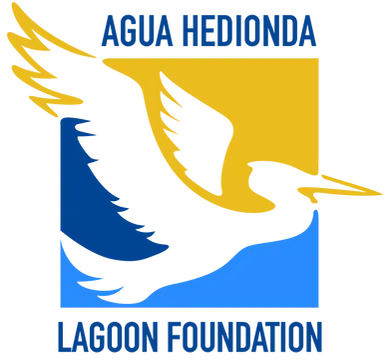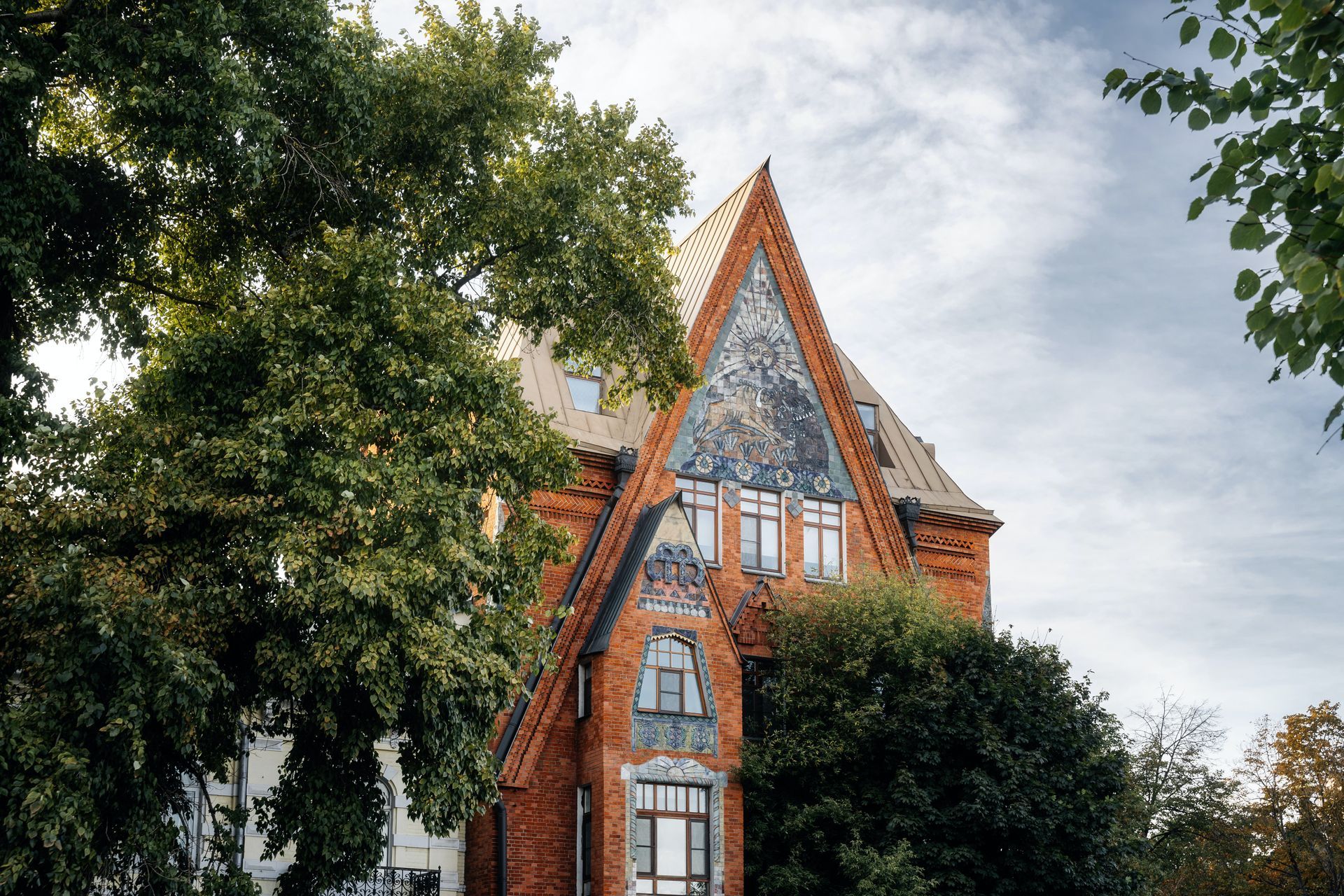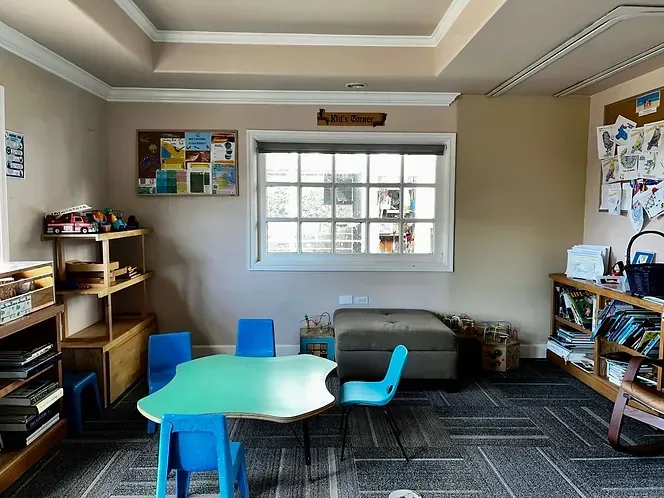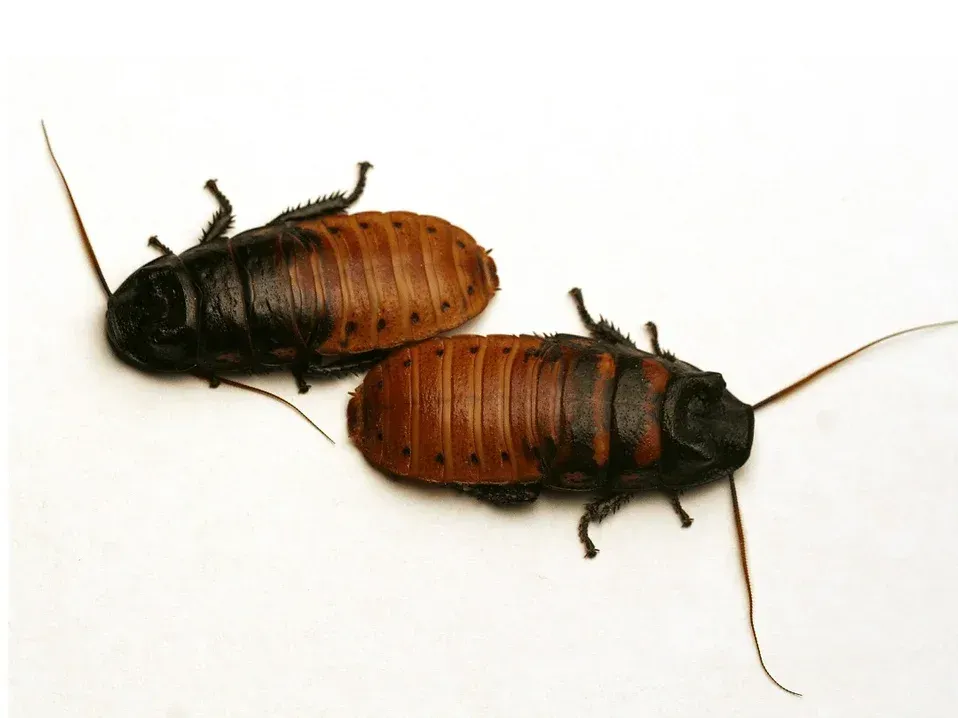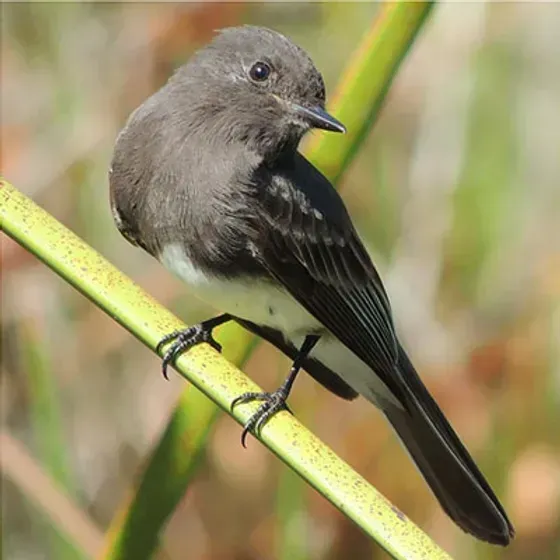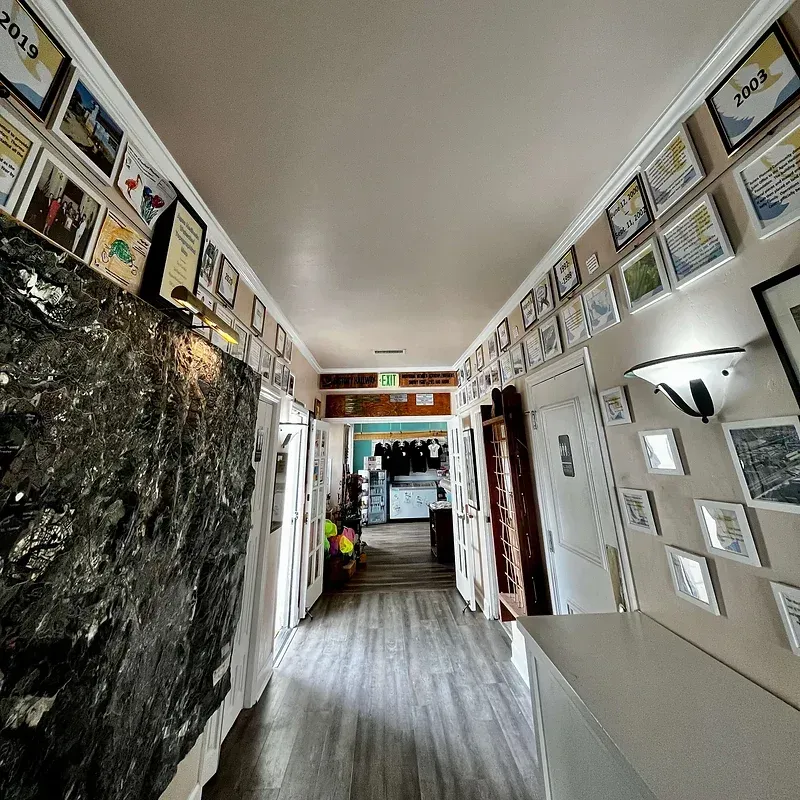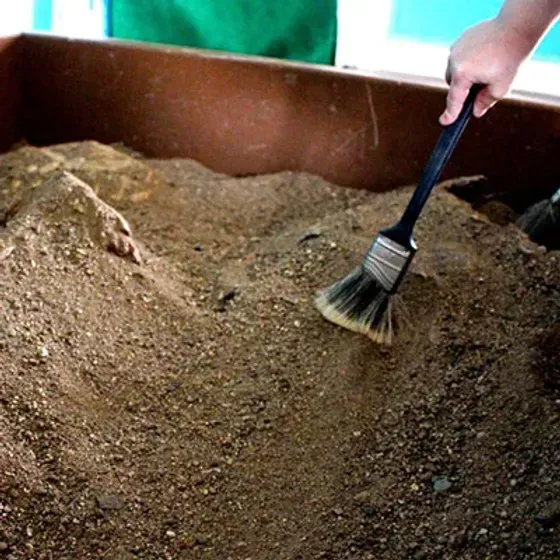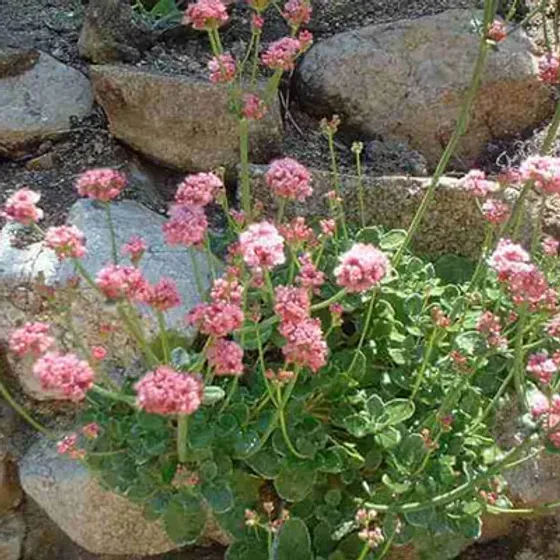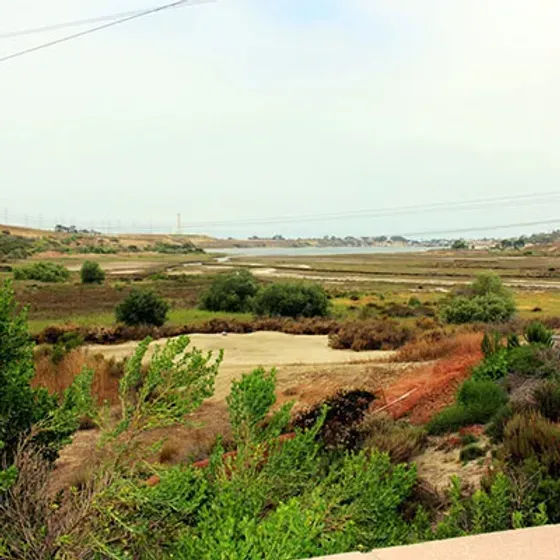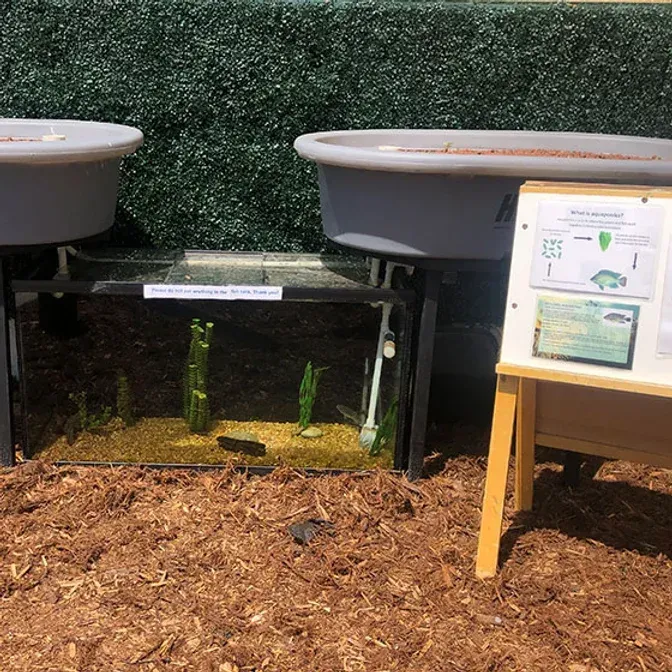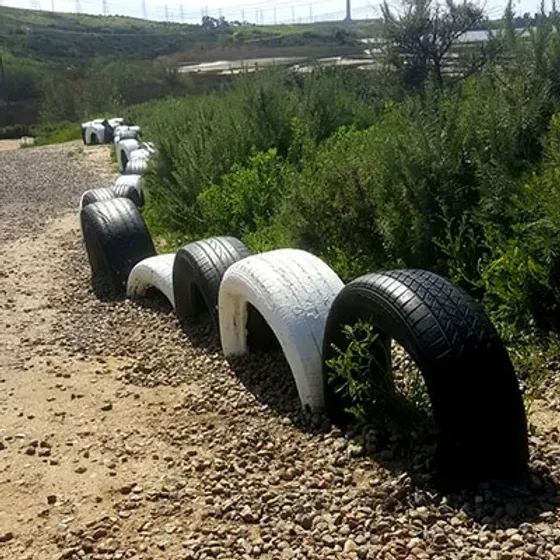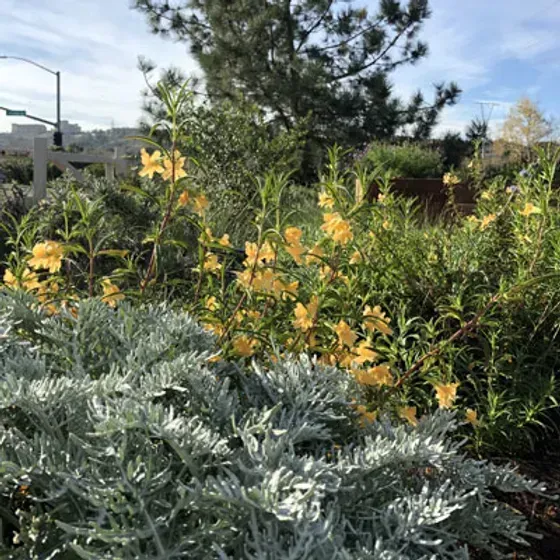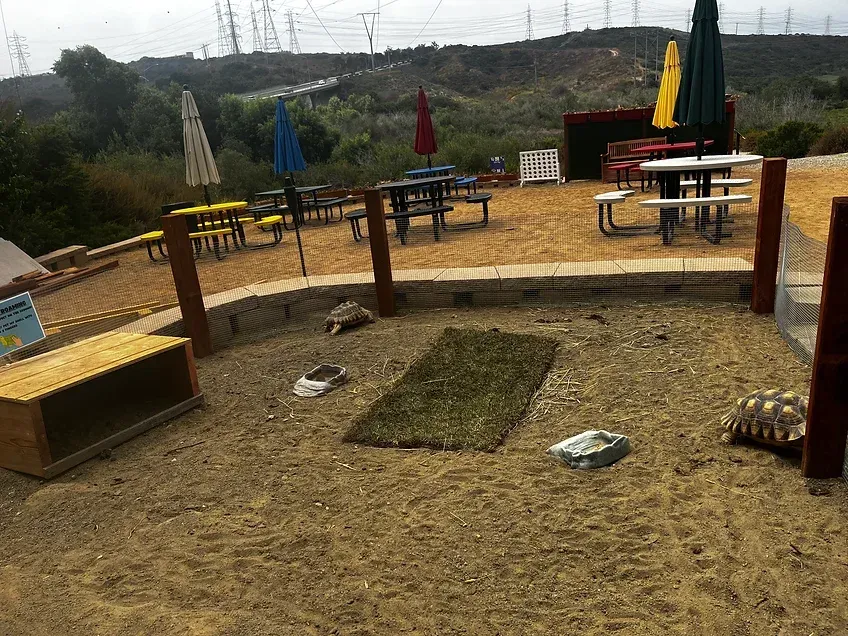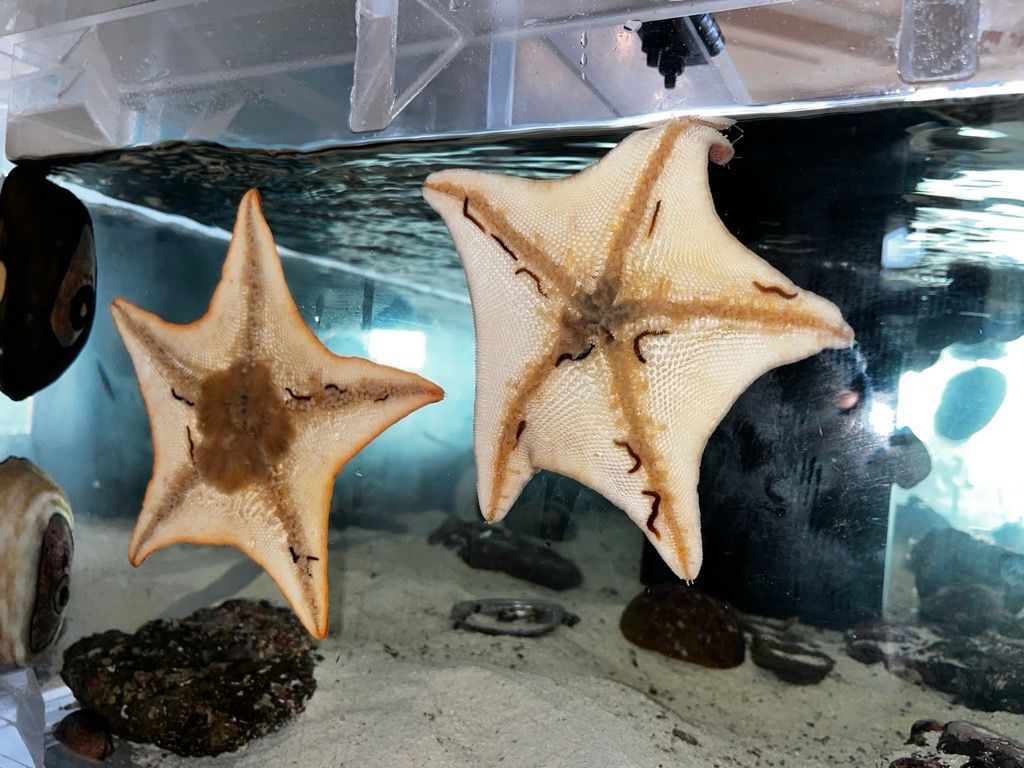the discovery Campus
The Discovery Campus is an extraordinary collection of hands-on exhibits, gardens, and live animal ambassadors allowing visitors to “taste nature.”
taste Nature
Visit the Agua Hedionda Discovery Campus
The Agua Hedionda Lagoon Foundation operates the Discovery Campus. We are open to the public, but we primarily serve families with school-aged children who care about the environment, the watershed, and the local community. These families come to Agua Hedionda Lagoon Foundation for active ways to involve their kids in fun, hands-on, educational experiences that give them a sense of accomplishment.
Discovery Campus Hours
- Tuesday - Saturday 9am - 4pm
- Sunday 12pm - 4pm
You do not need to make a reservation to visit the Discovery Campus. We are open at full capacity indoors and outdoors.
The Discovery Campus is stroller accessible.
Our scheduled Preschool Playdates Outdoor Program and *Academy of Environmental Stewardship School Program occur in our outdoor Educational Nature Nodes. These programs are paid programming and require advanced registration.
These programs do not impede our guests’ ability to visit the campus, and all exhibits are accessible, except on rainy days when our kids' programs take place indoors.
*Our Academy of Environmental Stewardship School Program utilizes the Rotunda Room daily from 12:30pm - 1:15pm.
Discovery Campus Cost
- We have a suggested $15 donation per group.
- Members are complimentary.
Bronze memberships cost as little as $10 a month for the entire year.
Your membership allows us to keep our Discovery Campus operational, actively provide environmental programs, maintain access to trails, and restore conservation areas.
Visit our Membership page to view our membership levels and benefits.
Get Directions
Questions about scheduling contact:
SCHOOL PROGRAM HOURS
School Program hours, 9:30am - 1:15pm, August - May
The Discovery Campus is open with limited access. In the event of rain, school programs are held indoors and public access to the Discovery Campus will be limited to trail and bathrooms only.
From 12:25pm - 1:15pm during the school year, visiting schools are inside the Discovery Center for presentations. Indoor access is limited during this time.
discovery cAMPUS exhibits
Invertebrate Island
Meet some of the smaller creatures that share our planet, bugs! These spineless wonders have important jobs, unique adaptations, and interesting ways of life. Learn all about these fascinating creatures and see them up close! All of the animals currently living in Invertebrate Island are species that can be found in our local regions, from the coast to the deserts.
Birds of Agua Hedionda Lagoon
Photographic exhibition. This beautiful display of local wildlife photos features over 20 different species of birds that were photographed at the Agua Hedionda Lagoon. Some are year-round residents while others visit the Lagoon to eat and rest while on their annual migratory journey. In addition, we also have bird nest replicas from over 6 types of birds!
NATIVE PLANT GARDEN
The earliest inhabitants of the Agua Hedionda Lagoon were the native Indians who lived on the shores and upland areas of the watershed. There were no grocery or drugstores during these times. All of their food, medicine and shelter came from the plants or animals of the lagoon and coastal areas. Although there was an ample supply of fish and wildlife, the majority of the food they consumed came from the native plants. Many of the native plant medicinal applications first discovered by the Indian people have been successfully commercialized by modern day pharmaceutical companies and are used by millions of people around the world.
Our native garden contains over 750 plants, comprising over 50 different species. There are eight different types of sage plants, five varieties of manzanita, four species of wild lilac, and a variety of buckwheat, coffeeberry, currants, honeysuckle and hummingbird fuschia plus many others! All of our native plants are drought tolerant and require very little water. In fact, a good way to kill a native plant is by overwatering it.
Although modern day Californians do not rely on native plants for food or medicine as native people once did, there are many other reasons why the cultivation and use of native plants is important. The use of native plants benefits our ecology by promoting biodiversity and reducing the use of water. Growing native plants in our backyard gardens helps to restore some of the natural biodiversity of southern California which has been drastically reduced through development and urbanization. Restoring balance to our ecosystems benefits wildlife, many of whom are dependent on the habitat provided by native vegetation. Once established, native plants require very little irrigation. Using drought tolerant natives conserves one of our most precious and scarce natural resources and saves money on water costs as well!
The following is a sampling of some of the plants found in our native garden and some of their early uses:
Photos used with permission of www.laspilitas.com
